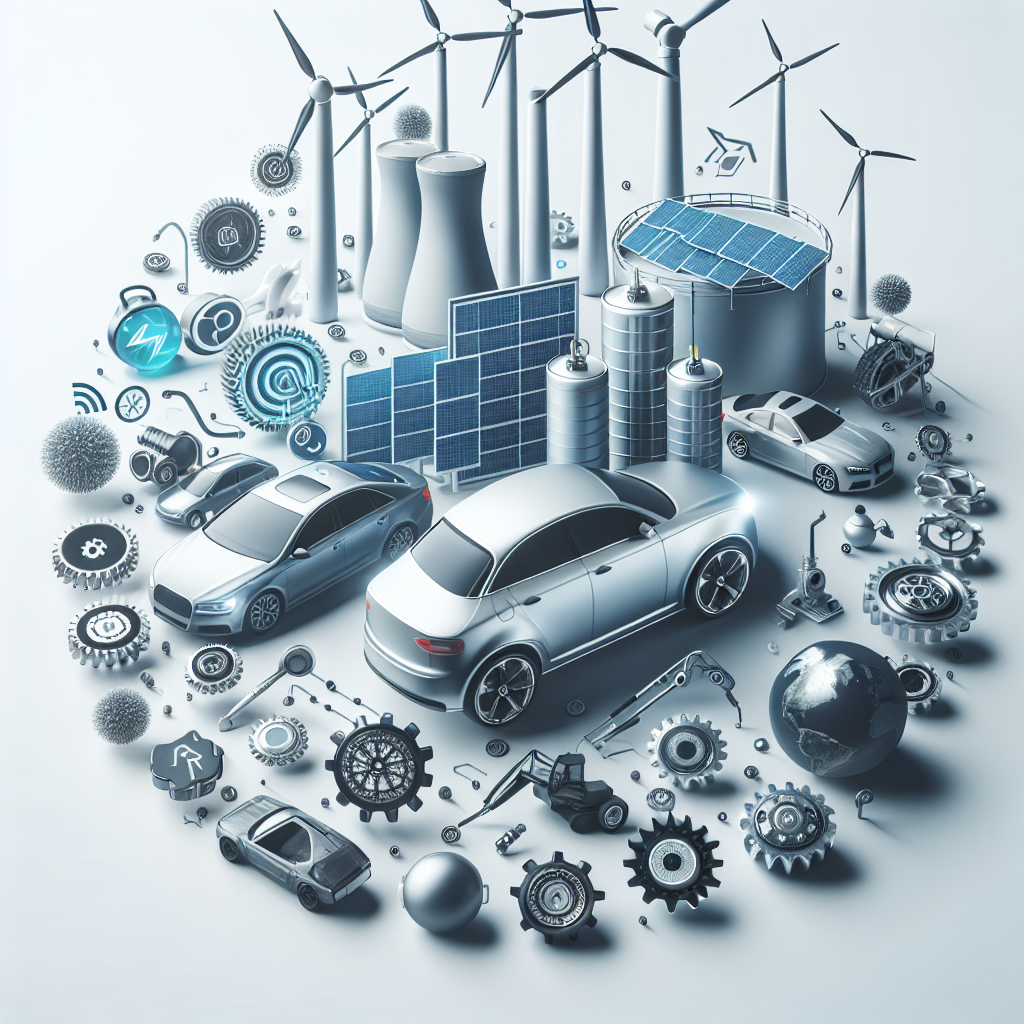automotive trends: Explore key shifts in the automotive and energy sectors, from rising EV sales to evolving energy tariffs, and their implications for the UK market.
5 Critical Trends Shaping the Automotive and Energy Landscape in 2025
As the UK’s automotive and energy markets continue to intersect in transformative ways, several critical trends have emerged that are poised to redefine the landscape in 2025 and beyond. From the increasing penetration of electric vehicles (EVs) driven by competitive pressures and environmental mandates, to the implications of revamped energy tariffs, these shifts are creating a tableau of opportunities and challenges for both consumers and industries. Here are five critical trends reshaping these sectors.
Surge in Electric Vehicle Sales
The electric vehicle market in the UK is booming, with June’s figures revealing that one in four new cars sold was electric. This surge is not just a testament to changing consumer preferences but also a reflection of significant policy influences and strategic market shifts. The increase in EV adoption is largely driven by more environmentally-conscious consumers, government incentives, and the evolving policy framework supporting green transitions.
Notably, Chinese car brands are making substantial inroads into the UK market, offering competitively priced models that are capturing a growing segment of consumers. These brands, leveraging lower production costs and significant domestic market experience, are challenging established European and American manufacturers. The competition not only sparks innovation but also accelerates the downward trend in EV pricing, making them more accessible to a wider audience.
Evolving Energy Deals and Pricing
Amidst the oscillating energy prices, new fixed energy deals have emerged as beacons for consumers seeking stability. With many tariffs now edging under the government-imposed price cap, consumers are presented with an opportunity to secure their energy costs amidst the broader market volatility. This development comes as a much-needed relief, especially during times of economic uncertainty and fluctuating disposable income levels.
The strategic timing of these deals suggests that energy companies are adapting to an increasingly price-sensitive customer base, potentially leading to an invigorated market where competitive pricing and innovative service offerings become the norm. For household consumers, this presents an opportunity to mitigate budget strains by opting into these fixed-rate contracts.
OPEC’s Accelerated Oil Output

On the global stage, OPEC+ has expedited its oil output increases, adding 548,000 barrels per day. This decision reflects a balancing act between catering to recovering global demand and ensuring oil prices remain conducive to economic gains. For the UK, which heavily relies on imported energy, this rise in output translates to a more stable oil market and potentially moderating fuel prices.
However, the benefits might be gradual and tempered by local policy adaptations, such as fuel taxes and environmental levies aimed at reducing carbon footprints. Therefore, while the availability of oil increases, the broader benefit for UK consumers may manifest more through stable fuel prices rather than outright reductions.
Challenges in the Construction Sector
The interplay between energy costs and construction has led to nuanced outcomes within the industry. Despite a rebound in housing activity, the UK’s construction output as a whole has shrunk. This contraction can be attributed to soaring material costs, logistical challenges, and labour shortages—issues that have been exacerbated by post-pandemic economic conditions and Brexit-related trade adjustments.

The decline in output points toward a sector under pressure but also offers a glimpse into opportunities for innovation and efficiency. As companies seek to mitigate these challenges, the integration of sustainable materials and cutting-edge construction technologies could define the industry’s future trajectory.
Strategic Opportunities and Future Trajectories
For industry stakeholders and consumers alike, understanding these trends is pivotal in navigating the evolving landscape. While the automotive sector continues to innovate under competitive and regulatory pressures, the energy market seeks equilibrium through strategic pricing mechanisms and output adjustments.
For UK consumers, the message is one of cautious optimism. The increasing affordability and range of electric vehicles, coupled with advantageous energy deals, herald a future of cost savings and environmental benefits. Yet, staying well-informed, analysing personal consumption patterns and adjusting accordingly remains critical in reaping these rewards.

In summation, while these trends present a mingled picture of opportunities and challenges, the overarching theme is one of adaptation and resilience. As technological advancements and legislative frameworks evolve, a proactive and informed approach will be essential in harnessing the benefits these changes herald. The path forward is undeniably complex, but with strategic insight and adaptability, there’s significant potential for growth and innovation in the automotive and energy markets.
External Sources
Source: How has Ryanair changed its cabin baggage rule – and will other airlines do it too?
Source: One in four new car sales in June were electric – and Chinese brands are increasing their footprint in the UK
Source: Best fixed energy deals: Tariffs that beat the price cap

